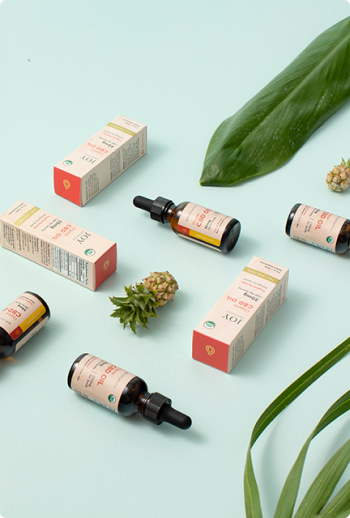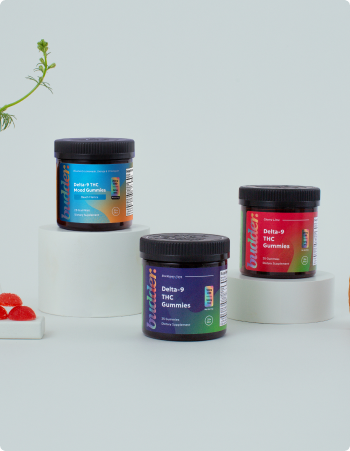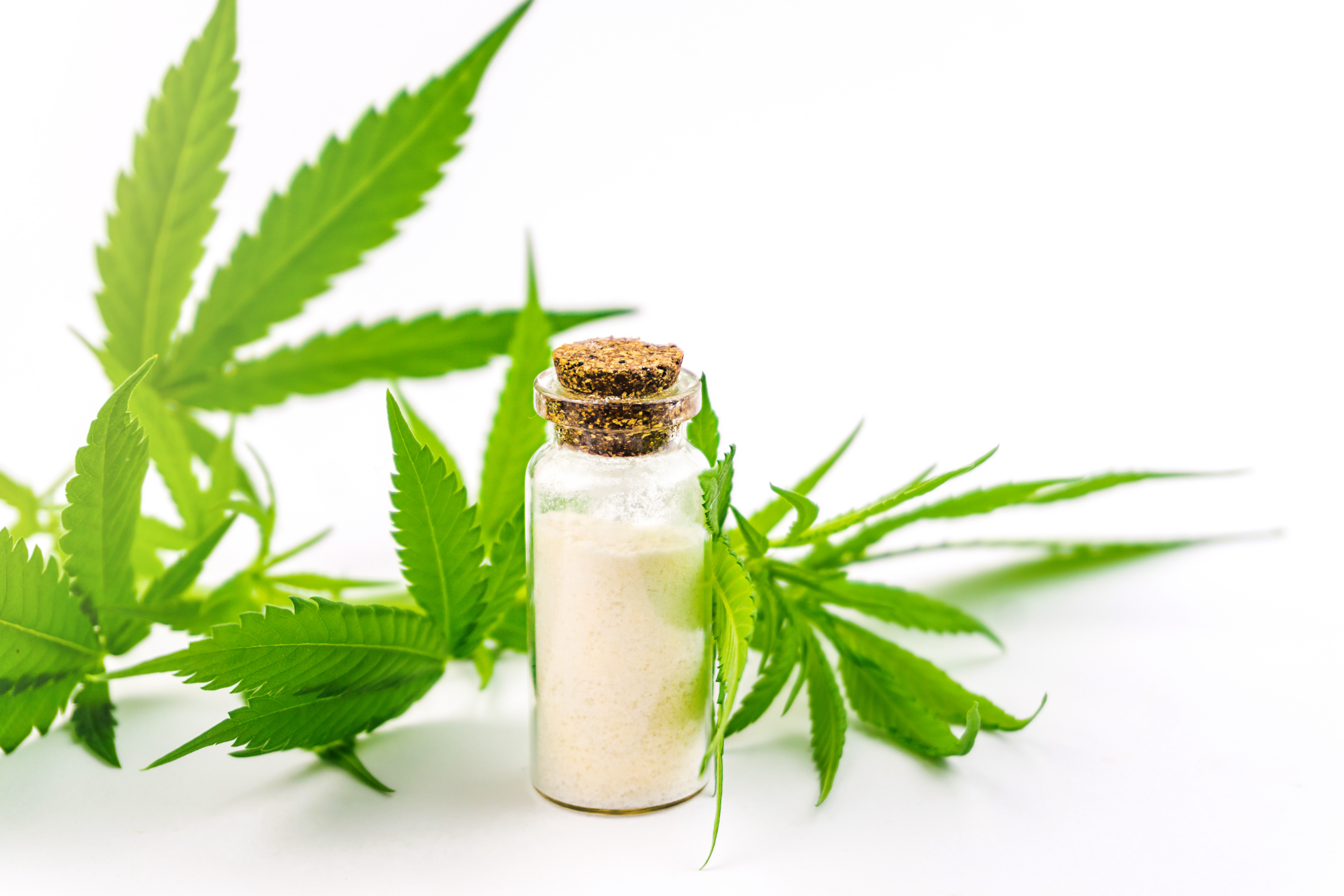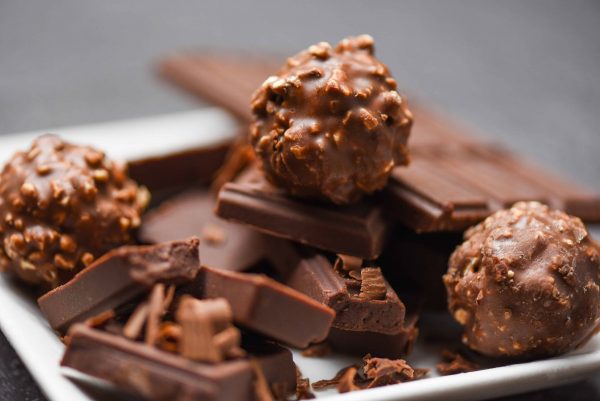1. Introduction: Why CBD? Why Now?
If you’re exploring natural ways to support your health, you’re not alone. More adults than ever are turning to CBD as a trusted wellness tool to help with stress, sleep, joint discomfort, and overall well-being. But if you're new to CBD, navigating your options can feel overwhelming. With a growing number of products, conflicting information online, and confusing terminology, it’s easy to feel unsure about where to start.
That’s why we created this comprehensive guide. Whether you’re curious about how CBD works, deciding between a tincture and a gummy, or trying to understand what “full spectrum” means, this article will walk you through the essentials. Our goal is to give you the confidence to make informed decisions for your health, using only the highest-quality products from Joy Organics.
2. What Is CBD? (And What It Isn’t)
CBD, short for cannabidiol, is a naturally occurring compound found in hemp, a variety of the cannabis plant. Unlike its cousin THC (tetrahydrocannabinol), CBD is non-intoxicating, which means it does not produce a “high.”
Research suggests that CBD may help with:

- Promoting relaxation and reducing everyday stress
- Supporting healthy sleep cycles
- Easing minor muscle and joint discomfort
- Encouraging emotional well-being
- Supporting recovery from exercise
It’s important to note that CBD is not intended to diagnose, treat, cure, or prevent any disease. It should be used as part of a broader approach to wellness.
Thanks to the 2018 Farm Bill, hemp-derived CBD products with less than 0.3% THC are federally legal in the United States, and growing numbers of people are discovering their benefits every day.
3. Meet the Endocannabinoid System (ECS)
To understand how CBD works, it helps to get familiar with a lesser-known but essential biological system: the endocannabinoid system (ECS). Discovered in the 1990s, the ECS is a complex network of receptors, molecules, and enzymes that help regulate various functions in the body.
The ECS plays a role in:
- Mood
- Sleep
- Appetite and digestion
- Immune function
- Inflammation
- Memory
- Stress response
CBD doesn’t directly bind to the two primary ECS receptors (CB1 and CB2), but it influences them and helps prevent the breakdown of your body’s natural endocannabinoids. This may support the ECS in carrying out its regulatory functions.
As we age, our endocannabinoid production may decline, which is one reason some people over 40 are drawn to CBD.
4. Understanding Cannabinoids: CBD, THC, CBG & CBN
The cannabis plant contains more than 100 active compounds known as cannabinoids. Each one interacts with the body in a unique way. Let’s take a closer look at the four you’ll most commonly see in Joy Organics products:

CBD (Cannabidiol)
CBD is the most abundant and widely studied cannabinoid in hemp. It promotes a sense of calm, helps manage everyday stress, and supports physical comfort. It’s well tolerated by most people and is suitable for daily use.
THC (Tetrahydrocannabinol)
While best known for its psychoactive properties in high doses, the trace amounts of THC in legal hemp products (<0.3%) are not intoxicating. In fact, small amounts of THC may enhance the effectiveness of CBD through the entourage effect — a synergistic phenomenon where cannabinoids work better together than alone.
CBG (Cannabigerol)
Known as the "mother cannabinoid" because other cannabinoids start out as CBG in early stages of the plant’s growth. CBG is being studied for its potential to support focus, digestion, and a healthy inflammatory response. It’s often used during the day for mental clarity and stamina.
CBN (Cannabinol)
CBN is formed as THC breaks down over time. It doesn’t produce a high, but it's often associated with promoting relaxation and sleep. Products featuring CBN are ideal for nighttime use.
5. CBD Formats: What’s Right for You?
The way you take CBD can affect how quickly you feel its effects and how long they last. Here's a closer look at the most popular formats:

Softgels
- Best for: Consistent, long-lasting support
- Onset time: 30 to 45 minutes
- Duration: 6 to 8 hours
- Joy Organics Advantage: Our softgels use nanoemulsion technology, making the CBD more bioavailable (i.e., your body absorbs more of it).

Tinctures
- Best for: Fast-acting, flexible serving sizes
- Onset time: 15 to 30 minutes (if held under the tongue) and longer if swallowed
- Duration: 4 to 6 hours
- Joy Organics Advantage: USDA-certified organic, available in broad and full spectrum options.

Gummies
- Best for: Beginners, those who prefer a flavorful way to enjoy CBD
- Onset time: 30 to 60 minutes
- Duration: 4 to 6 hours
- Joy Organics Advantage: Organic ingredients, gluten-free, available in formulas for stress, sleep, and wellness.

Topicals
- Best for: Targeted support for muscles, joints, or skin
- Onset time: 10 to 20 minutes
- Duration: Varies
- Joy Organics Advantage: Fast-absorbing creams and salves made with natural botanicals and THC-free CBD.
| Format | Onset Time | Duration | Best Use |
|---|---|---|---|
| Softgels | 30–45 mins | 6–8 hours | Daily wellness support |
| Tinctures | 15–30 mins | 4–6 hours | Fast results, flexibility |
| Gummies | 30–60 mins | 4–6 hours | Taste, ease, portability |
| Topicals | 10–20 mins | Varies | Localized application |
6. Choosing the Right Spectrum
CBD products are typically classified as either THC-Free (Broad Spectrum) or Full Spectrum, and understanding the difference is key.

THC-Free (Broad Spectrum)
- Contains CBD plus other beneficial plant compounds (like terpenes and minor cannabinoids)
- No detectable THC
- Ideal for anyone concerned about drug testing or who prefers to avoid THC completely
Full Spectrum
- Includes CBD, trace amounts of THC (less than 0.3%), and other cannabinoids and terpenes
- May offer enhanced benefits through the entourage effect

7. How to Get Started with CBD
If you're just beginning your CBD journey, follow these simple guidelines:
- Start Low and Go Slow: Begin with the lowest recommended serving size on the label.
- Be Consistent: CBD may work best when taken regularly.
- Track Your Experience: Keep a journal to monitor how you feel after each serving.
- Pair with Healthy Habits: Incorporate CBD into a lifestyle that includes rest, movement, and good nutrition.
- Consult a Health Professional: Always check with your doctor if you are on medication or have a health condition.
8. Why Quality Matters
Not all CBD products are created equal. With so many brands on the market, it's essential to choose one that prioritizes purity, potency, and transparency.
Joy Organics goes above industry standards to ensure product quality:
- USDA-Certified Organic for tinctures and gummies
- Nanoemulsion Technology for better absorption in softgels
- Third-Party Lab Testing for every batch
- No fillers or artificial ingredients
- Sustainably sourced ingredients and packaging
Our commitment to quality has helped Joy Organics become a trusted leader in the CBD industry.
9. Joy Organics Product Recommendations
Daily Wellness Support
- Everyday Formula Softgels (THC-Free) – Nano-enhanced for optimal absorption
- Organic CBD Tinctures – Broad and full spectrum options, in several strengths
For Restful Sleep
- Sleep Softgels with CBD, CBN & Melatonin – Formulated for evening use
- CBD Sleep Gummies – Flavorful and supportive of your nightly routine
For Stress & Focus
- CBD + CBG Softgels – Popular for daytime use
- CBD + CBG Tinctures – USDA-certified organic, convenient and versatile
For Targeted Support
- THC-Free Sports Cream (1000mg) – Designed for active lifestyles
- Organic CBD Salve – Nourishing and soothing for hands, feet, and skin

10. Frequently Asked Questions
Will CBD get me high?
No. CBD is non-intoxicating. Joy Organics products either contain zero THC or less than 0.3%—not enough to produce a high.
How long does it take to feel the effects?
It varies. Tinctures and softgels typically begin to take effect within 30 minutes, while gummies may take longer.
Is it safe to take CBD daily?
Most people find daily use beneficial. As with any supplement, consistency matters.
Can CBD interact with medications?
Yes. Please consult your healthcare provider if you take medications, especially blood thinners.
What’s the difference between broad spectrum and full spectrum?
Broad spectrum has no detectable THC. Full spectrum contains trace amounts and may offer enhanced benefits.
How do I know how much to take?
Start with a single serving and adjust based on your needs.
Can I travel with CBD?
Hemp-derived CBD is generally allowed within the U.S. Check international regulations before traveling.
11. Final Thoughts
CBD may offer a simple, plant-based way to support your health as you age. Whether you're seeking calm, better sleep, or general wellness support, the key is finding the right product and staying consistent.
When you choose Joy Organics, you’re choosing transparency, high standards, and a commitment to your wellness journey. Explore our full line and see what’s right for you.
Ready to begin? Visit JoyOrganics.com to learn more and get started.





























































Join In On The Conversation
Your email address will not be published. Required fields are marked * Comments will be approved before showing up.